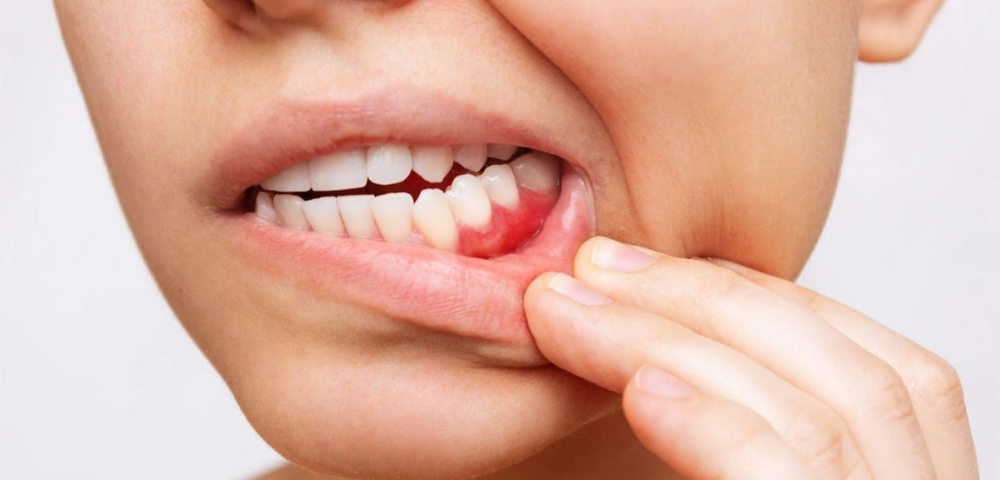
What is Periodontal (Flap) Surgery?
Periodontal (flap) surgery is performed when non-surgical treatments (such as scaling and root planing) are no longer sufficient to manage periodontal disease. During the procedure, your dentist or periodontist creates a small incision in the gum tissue to lift it away from the teeth. This allows for:
- Enhanced Visibility: Access to areas below the gum line that are otherwise difficult to clean.
- Thorough Cleaning: Removal of plaque, tartar, and bacteria from the roots of the teeth.
- Smoothing Root Surfaces: The exposed root surfaces are smoothed to help prevent future bacterial buildup.
- Reduction of Gum Pockets: By reducing the depth of these pockets, the overall health of the gums is improved.
The Surgical Procedure
- Initial Examination: A complete evaluation of your oral health, including dental X-rays, determines the extent of gum disease.
- Anesthesia: Local anesthesia is administered to ensure a comfortable procedure.
- Flap Creation: A small incision is made to gently lift the gum tissue away from the tooth and bone.
- Debridement: With the area exposed, the dentist cleans and debrides the roots, removing infected tissue and deposits.
- Root Smoothing: The exposed surfaces are carefully smoothed (a process called root planing) to prevent bacteria from re-adhering.
- Repositioning and Suturing: The gum tissue is repositioned over the cleaned area and sutured back into place.
- Post-Operative Care: Detailed aftercare instructions are provided to promote healing and prevent infection.
Benefits and Considerations
- Improved Gum Health: Reduces infection and inflammation.
- Enhanced Cleanability: Shallower pockets make daily oral hygiene easier.
- Tooth Preservation: Helps prevent tooth loss associated with severe periodontal disease.
- Long-Term Stability: When combined with proper maintenance, it contributes to lasting oral health.
Risks & Considerations:
- Post-Surgical Discomfort: Mild pain, swelling, and bleeding may occur, which are typically managed with medication.
- Infection Risk: Following aftercare instructions is crucial to prevent infections.
- Healing Time: Complete healing can take several weeks to months, with regular follow-up visits essential for monitoring progress.
Recovery and Aftercare
After periodontal flap surgery, proper aftercare is vital:
- Oral Hygiene: Maintain a gentle but effective cleaning routine; avoid brushing the surgical site until advised.
- Diet: Opt for soft foods and avoid anything too hot, spicy, or hard.
- Medications: Use any prescribed pain relievers or antibiotics as directed.
- Follow-Up: Attend all scheduled appointments to ensure proper healing.
- Lifestyle Adjustments: Avoid smoking and limit alcohol consumption to facilitate recovery.
Frequently Asked Questions (FAQ)
Candidates typically include individuals with advanced gum disease, deep periodontal pockets, or those who haven’t responded well to non-surgical treatments.
The surgery generally takes about 1-2 hours, depending on the number of areas being treated.
Local anesthesia is used during the procedure to minimize pain. Some discomfort and swelling are common afterward, but these symptoms can usually be managed with over-the-counter or prescribed pain relievers.
Initial healing usually occurs within 1-2 weeks, although complete healing and tissue stabilization can take several months. Your dentist will schedule follow-up visits to monitor your progress.
As with any surgical procedure, there are risks such as infection, bleeding, and temporary discomfort. Adhering to your post-operative care instructions significantly reduces these risks.
